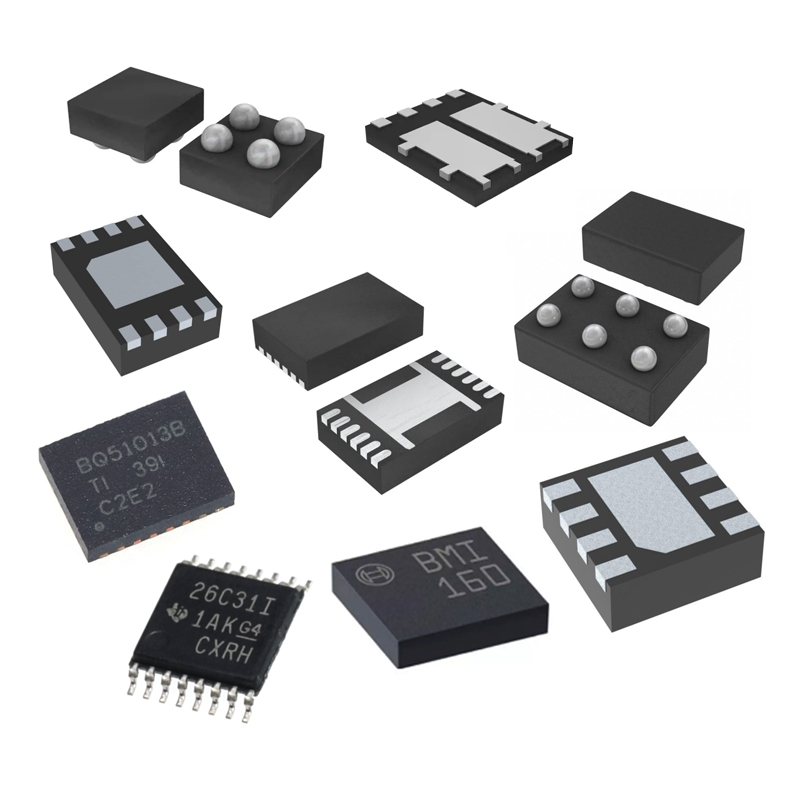
A sliding rheostat is an electronic component also known as a variable resistor or regulating resistor. It can control the current and voltage in the circuit by adjusting the resistance value, and is widely used in various electronic devices. This article will introduce the function, structure, principle and application of sliding varistor in the electronic field.
The function of sliding rheostat
Adjusting the resistance sliding rheostat adjusts the current and voltage of the circuit by changing the resistance value in the circuit, thereby controlling the working state of specific components in the circuit.
For example, when adjusting the volume, a sliding rheostat is usually used to control the resistance value of the audio signal to adjust the volume.
Voltage dividing circuit sliding rheostat can also be used in voltage dividing circuit to reduce high voltage signals and protect subsequent components from damage.
Current-limiting protection circuit In electronic equipment, in order to protect components and circuits from overcurrent, sliding rheostat can be used to design a current-limiting protection circuit. By adjusting the resistance value of the sliding rheostat, the current in the circuit can be limited and the electronic components can be protected from damage.
Structure of sliding rheostat
The sliding rheostat is mainly composed of a sliding bracket and a resistance coil. Resistance coils are generally made of ceramic or plastic tubes wound with resistance wires, which are usually high-precision tungsten wires. Generally, its structure can be divided into two types: fixed bridge and sliding vane.
Fixed bridge sliding rheostat: Its resistance part is a long and thin conductor, usually made of ceramic or plastic. There are many thin slices engraved on the conductor. These thin slices are resistance wires. The distance between the thin slices is very close. Therefore, the total resistance value of the conductor can be continuously changed by adjusting the position of the slider.
Slider type sliding rheostat: It is similar to fixed bridge type sliding rheostat, but it has a sliding contact. The sliding contact can move over the resistor coil, changing the effective length of the resistor coil and thus changing the resistance value to meet the requirements of the specific circuit.
Principle of sliding rheostat
The principle of the sliding rheostat is very simple. According to Ohm's law, the current () is equal to the voltage (V) divided by the resistance R). The current and voltage are controlled by changing the resistance value. The sliding vanes in a sliding rheostat induce different potential differences in the circuit, thereby changing the value of the resistor. The working principle of a sliding rheostat is similar to that of a potentiometer, but the difference between them is that the resistance value of a sliding rheostat is variable, while the resistance value of a potentiometer is fixed.
Application of sliding rheostat
Volume adjusters and brightness adjusters in electronic equipment Sliding rheostat can be used for functions such as volume adjusters and brightness adjusters in electronic equipment. By changing the value of the internal resistance of the sliding rheostat, the amplitude or size of the output signal is changed.
Adjustable power supply In some application scenarios, the circuit requires an adjustable power supply. The sliding rheostat can be used as the resistive element of the adjustable power supply to control the output voltage of the circuit by changing its resistance value.
Regulators in automatic control circuits In automatic control circuits, sliding rheostat is often used as a regulator. For example, when the physical quantity measured by the sensor exceeds the set value, the sliding rheostat can change the resistance value, thereby changing the current and voltage in the circuit, thereby achieving regulation.
Current-limiting protection circuit In electronic equipment, sliding varistor can be used as the resistive element of the current-limiting protection circuit. When the current in the circuit exceeds a predetermined value, the resistance value of the sliding varistor will decrease accordingly, thereby limiting the current and protecting subsequent electronic components.
Temperature sensor sliding rheostat can also be used as a temperature sensor, its resistance value will change accordingly when the temperature changes.
Summarize
The sliding rheostat is a very common electronic component that is widely used in various electronic devices. Its main function is to control the current and voltage in the circuit. By changing the value of the internal resistance of the sliding rheostat, volume adjustment, Brightness adjustment, adjustable power supply, automatic control circuit and other functions. Designers can also use it in scenarios such as current limiting protection circuits and temperature sensors to exert different functions.
Eurotech is a worldwide supplier and exporter of electronic components, specializing in ICs, LCDs, Memory, Chips, computer parts, networking equipments and other passive components.
Tel: (86) 755 8395 9469
E-mail: info@eurotech-ic.com